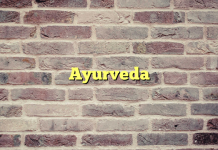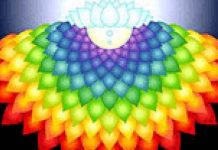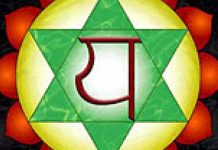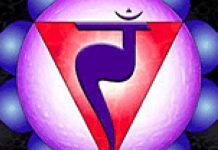Bhavas
Literally translated, the word ‘Bhava’ stands for a feeling or attitude. In context of Yogic studies, Bhava indicates an accompanying attitude for a given technique or concept. These Bhavas play a very important role on the path of Yoga. Regular and repeated practice of these techniques slowly enhances the accompanying Bhava into one’s personality.
All meditative asanas belong to this Bhava. Jnana: In Yoga, Jnana refers to Awareness and Knowledge. According to ancient Indian philosophy, all that one needs to know and understand for a meaningful life is actually present within. However, Maya or illusion keeps pulling us into the external world. We keep busy in the world outside looking for a purpose, some meaning. This leaves us confused and frustrated. Jnana in Yoga begins with awareness about self, at all levels – physical, mental, emotional and spiritual.
The components of this Bhava are concentration, co-ordination, training of senses, breath awareness and control, balance, etc. Asanas involving upward and sideward stretches, asanas for extremities of the body and pranayamas belong to Jnana Bhava. Vairagya: Commonly understood as renunciation, this Bhava actually refers to detachment. For a householder, fulfilling his duties to family is very important and renunciation doesn’t necessarily take one to detachment. Vairagya actually leads a householder to a state of being ‘in the world but not of the world’.
The components of this Bhava are humility, objectivity, reducing the ego, ‘let-go’ attitude, surrender, etc. All the relaxation asanas, forward bending asanas, head-low postures and asanas involving twist of the spinal cord have been classified under Vairagya. Aiswarya: When one is truly on the path of the first three Bhavas, viz Dharma, Jnana and Vairagya, the feeling of achievement, satisfaction, the knowledge yet being humble refers to as the Bhava of Aiswarya. All this adds great of confidence in one’s personality. In fact, the confidence that one may experience without the first three Bhavas, when analysed carefully, is usually a superficial one which one puts up only as a show-off for others. This Bhava is difficult to understand theoretically, but is easier to experience through perseverance and faith. The components of Aiswarya are confidence, self-reliance, sense of achievement, etc. The Kriyas and all asanas involving backward bending of the spine belong to this bhava.

![PANCHAKARMA [ Detoxification ] PANCHAKARMA [ Detoxification ]](https://indianartz.com/blog/wp-content/uploads/2017/07/PANCHAKARMA--Detoxification--218x150.png)



























